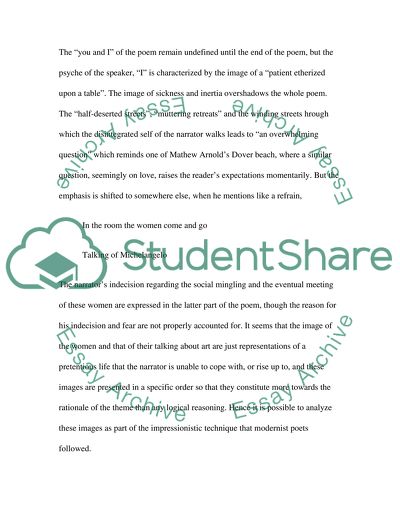Cite this document
(“J. Alfred Prufrock Essay Example | Topics and Well Written Essays - 1000 words”, n.d.)
Retrieved from https://studentshare.org/miscellaneous/1540376-j-alfred-prufrock
Retrieved from https://studentshare.org/miscellaneous/1540376-j-alfred-prufrock
(J. Alfred Prufrock Essay Example | Topics and Well Written Essays - 1000 Words)
https://studentshare.org/miscellaneous/1540376-j-alfred-prufrock.
https://studentshare.org/miscellaneous/1540376-j-alfred-prufrock.
“J. Alfred Prufrock Essay Example | Topics and Well Written Essays - 1000 Words”, n.d. https://studentshare.org/miscellaneous/1540376-j-alfred-prufrock.


